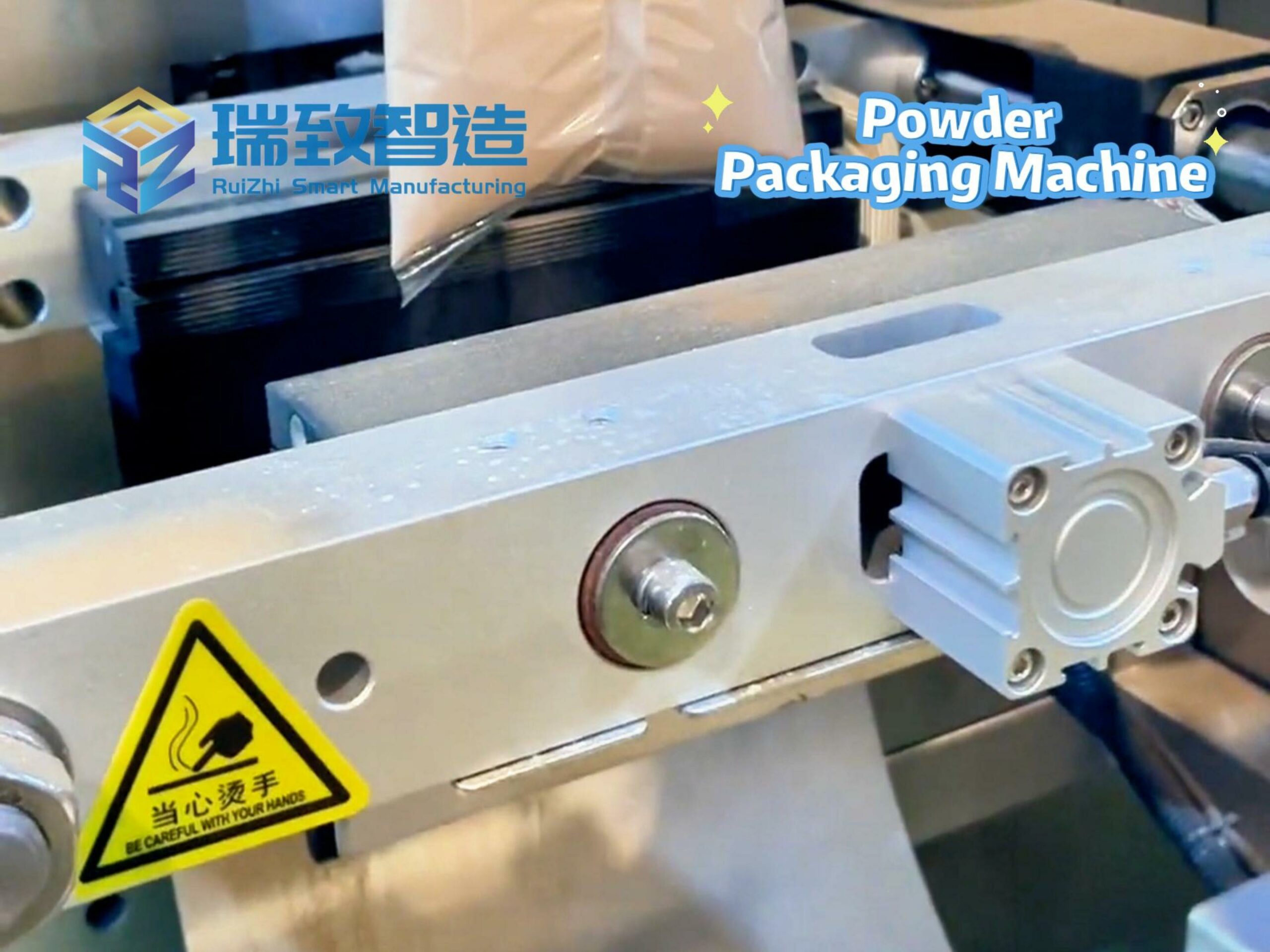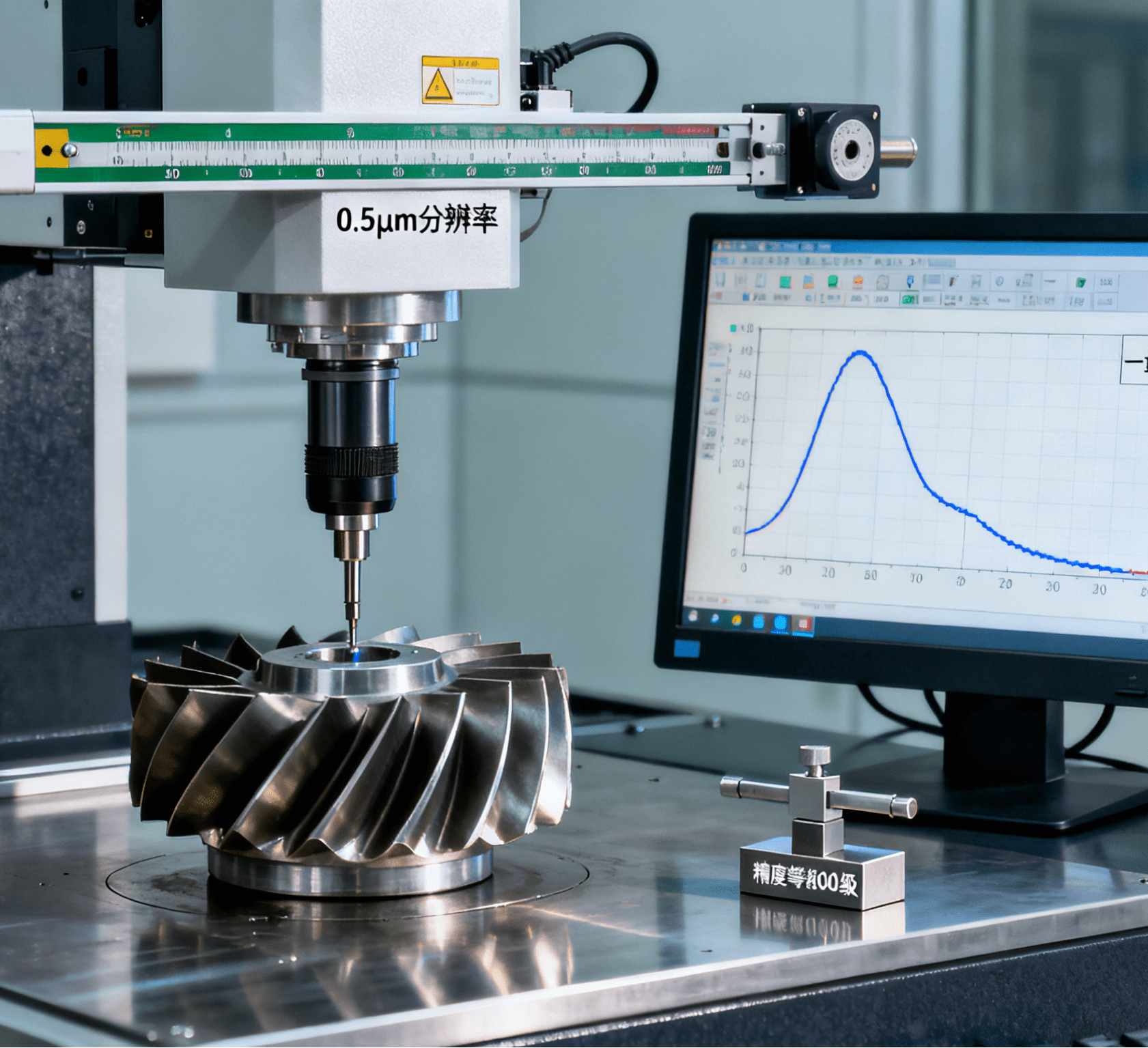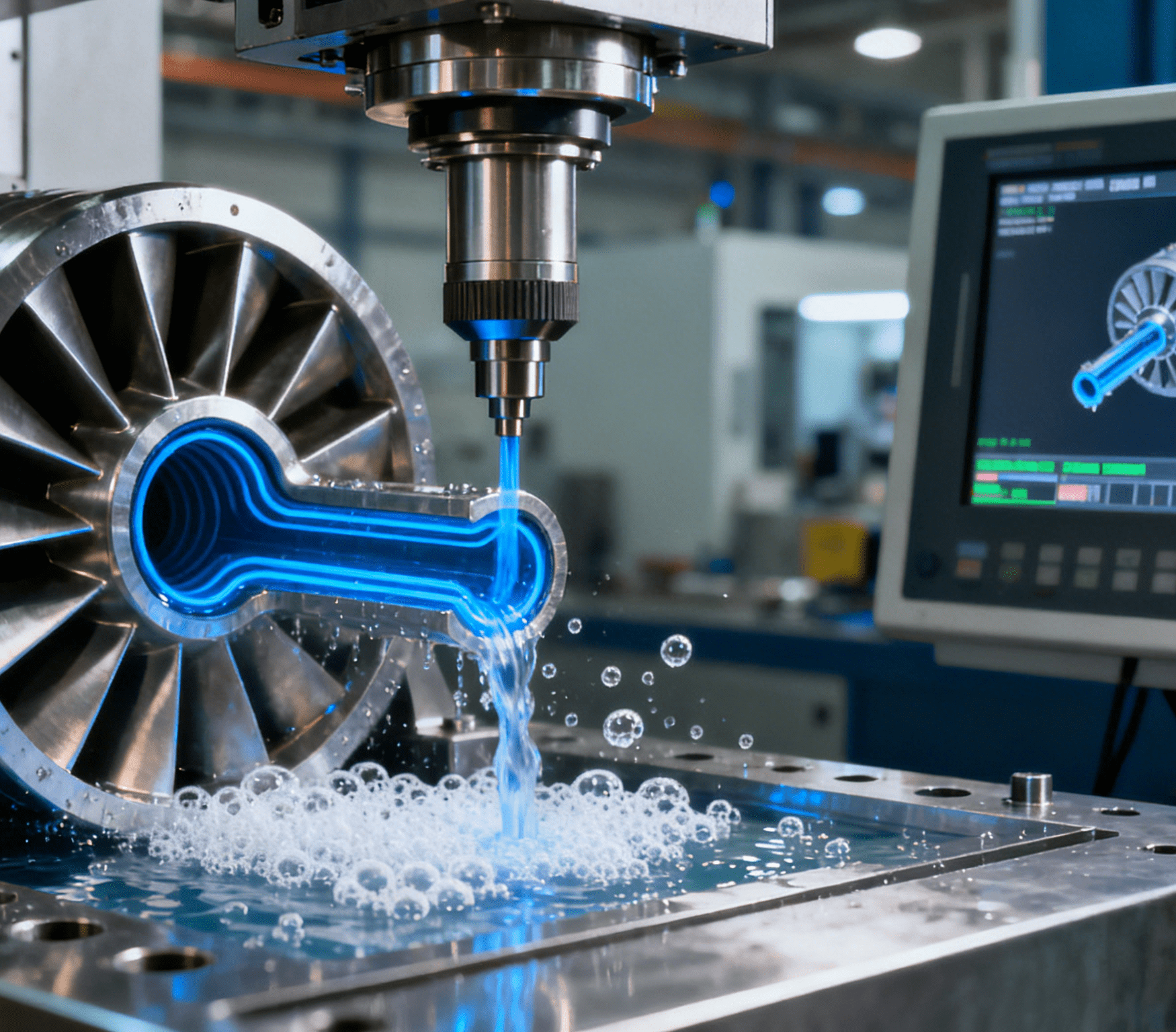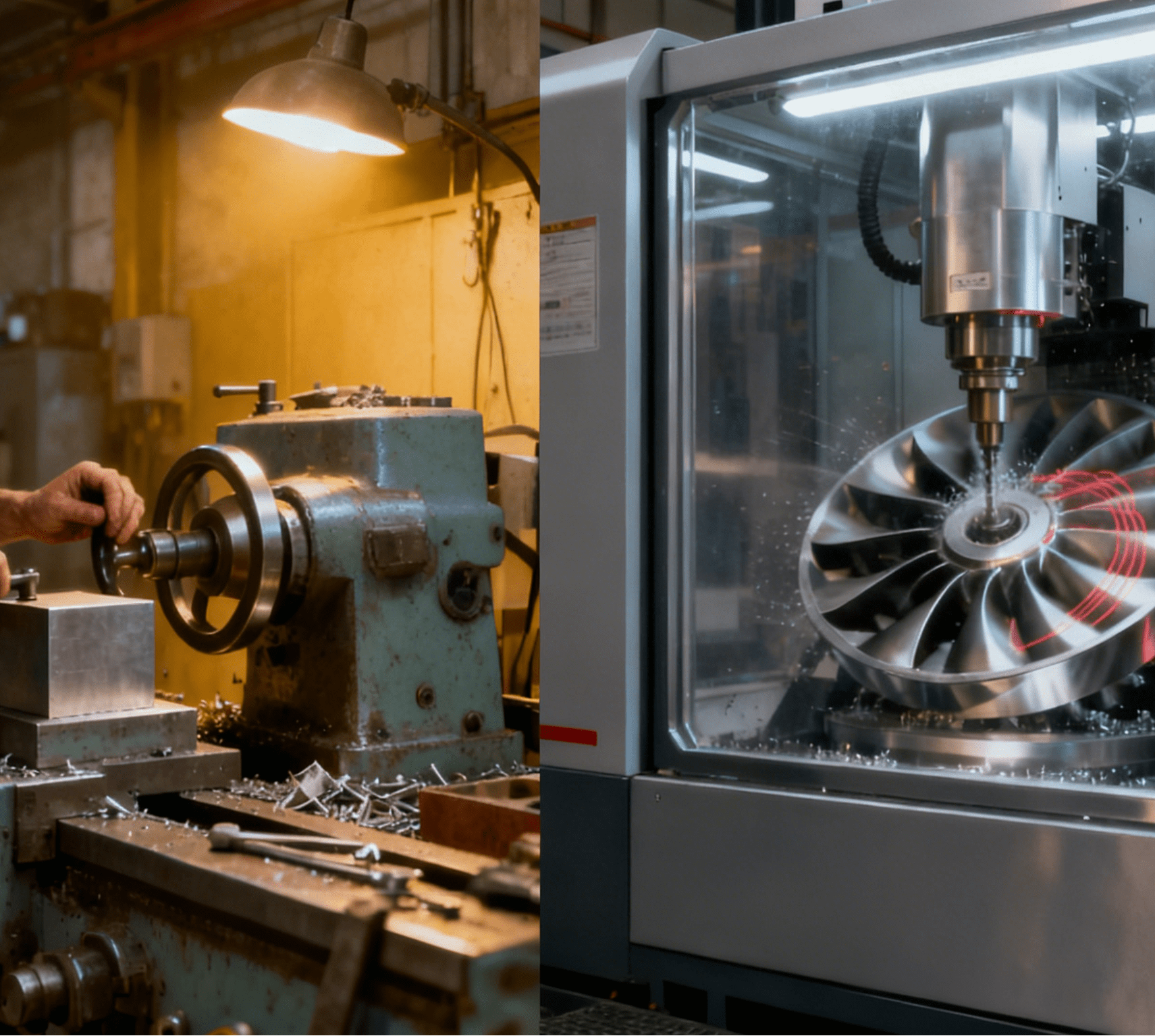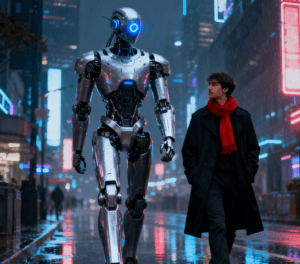
“A robot tries to tighten a screw but can’t do it. There are things that any human can easily accomplish, but robots still might not be able to.” At a recent roundtable forum hosted by Horizon Robotics, Professor Hong Weide, Director of the Robotics Research Center at Nanyang Technological University in Singapore, made this blunt comment—immediately pulling us back from the dazzling social media videos of robots doing backflips and dancing to the reality of their capabilities.
Indeed, not long ago, XPeng Motors unveiled its bipedal robot IRON, which garnered widespread attention for its highly human-like flexibility; robots developed by companies such as DeepRobotics, Zhongqing, and Zhilaite can smoothly perform dances and even martial arts moves; Unitree Robotics’ robot even showed off a three-step layup. Moreover, UBtech’s industrial humanoid robot Walker S has entered the stage of “mass deployment in factories.” For instance, the Robot Vision -paikannusautomaattinen kalvonlevitin, equipped with advanced visual positioning systems, has been widely applied in electronics manufacturing workshops to precisely attach protective films to delicate components—a task that requires both high accuracy and repeatability, yet still relies on human supervision for parameter adjustment and exception handling.
All of this seems a world away from the somewhat clumsy robot images we remember seeing on the Spring Festival Gala.
Meanwhile, at the same day’s press conference, Shan Jizhang, Founder and CEO of Horizon Robotics, made a prediction: the next decade will be a new era for robots. By 2030, robots are expected to enter people’s daily lives in large numbers and co-evolve with humans; by 2040, the annual sales volume of various robots is projected to exceed 1 billion units, with a market scale of over one trillion US dollars.
With technology iterating so rapidly and large-scale adoption accelerating, a question inevitably arises: Is the future where robots fully replace humans really just around the corner?
Tracing the Panic: Where Does the Fear of Robots Replacing Humans Come From?
Every time a wave of technological innovation arrives, humans seem to fall into the same contradiction: while craving the efficiency leaps brought by technology, they also instinctively fear being replaced in their roles.
Looking back at history, such panic is actually nothing new. As Wang Tao, Founder of Suzhou Shentingji Intelligent Technology Co., Ltd., put it at the forum: “Similar scenarios have repeated themselves in the course of technological development. When cars were invented, people’s first reaction was ‘coachmen will lose their jobs’; when autonomous driving emerged, everyone began to worry about the future of Didi drivers and taxi drivers.”
It must be acknowledged that recent breakthroughs in the robotics field are indeed remarkable. The bipedal balance and walking capabilities demonstrated by XPeng IRON, the advancements in complex motion control by DeepRobotics and Unitree, and UBtech’s large-scale implementation in industrial scenarios—all these signify that robots are moving from laboratories to the real world at an unprecedented speed.
However, Professor Hong Weide reminded us to stay rational: “We’ve seen some amazing things, like Unitree’s robots doing side flips and backflips, but if you ask one to tighten a screw, it can’t do it instead. Things that are effortless for humans can be extremely difficult for robots.”
This sharp contrast reveals a core shortcoming of current robotics technology: we can train robots to perform preset high-difficulty movements, but it is far harder to endow them with the ability to adapt to the variable, unstructured environments of the real world.
Jin Rong, Investment Director at Legend Capital, offered a calm assessment from an industrial perspective: “Robotics technology essentially develops linearly. There may be phased leaps in the process, but it is not a miracle that emerges out of thin air.”
The current prosperity in the robotics field is largely driven by the empowerment of large AI models and deep learning capabilities. Nevertheless, it is crucial to recognize that there is still an inherent difference between the intelligence of robots today and human general intelligence. Most robots remain confined to specific scenarios and tasks, lacking the generalization and autonomous adaptability that humans possess.
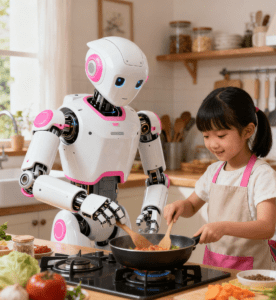
Technological Bottlenecks: It’s Still Too Early for Robots to Replace Humans
“Every time I visit some startups, I find that one day they’re working on motors, and the next time I go, they’re trying to develop other technologies—constantly adding more to their plate,” Jin Rong gave an example. “For instance, entrepreneurs with AI backgrounds like Wang Tao don’t just focus on developing the most important AI and then rely on the robot body to support it. Right now, it’s an era where almost everything needs to be built from scratch; existing supply chain products can’t meet their specific needs (in terms of cost, performance, reliability MTBF, etc.), forcing them to develop things themselves.”
Professor Hong Weide was even more straightforward: “Robots aren’t really good at anything right now—their algorithms aren’t up to par, their computing power is insufficient, and their physical bodies aren’t capable enough either.” This seemingly pessimistic statement actually reflects the real state of the industry.
Robotics technology faces three core bottlenecks: algorithms, computing power, and the physical robot body.
In terms of algorithms, Professor Hong Weide pointed out: “I’ve visited many AI companies in China, and many of them don’t have independent algorithms—they all use open-source algorithms from the US or other countries and modify them based on those. I think there’s also a need to improve in terms of algorithms.”
This situation leaves domestic robotics companies lacking competitive advantages in core algorithms. The issue of computing power is equally cannot be ignored. “If you want to integrate V, L, and A (Vision, Language, Action), it’s not just V+L+A—it’s V multiplied by L multiplied by A. But the entire model is so large that without a powerful mainframe behind it, you can’t even compute it,” Hong explained.
Wang Hongtao, Founder and Chief Scientist of MirrorMind Technology, offered a unique insight from the perspective of the robot body: “Currently, in terms of movement capabilities and manipulation skills, robots are still far from reaching the limits of humans.” The company he leads is committed to creating “super species that surpass human performance limits,” but there are still numerous obstacles on the path to achieving this goal.
The limitations of the robot body are not only reflected in movement capabilities but also in fine manipulation. Professor Hong Weide emphasized: “Humanoid robots have several major problems. First is dexterity—their hands aren’t dexterous enough. Even if they have tactile sensing, it’s still very difficult for them to do things that humans find simple.”
The development of dexterous robot hands lags far behind that of other components. Jin Rong has a profound observation on this: “Let’s think—should we use two-fingered grippers, three-fingered grippers, or five-fingered dexterous hands? Five-fingered dexterous hands sound like the most in line with our goals, but right now, they aren’t good enough.”
Data is another key challenge. Jin Rong noted: “From a data perspective, we’ve done specific analyses. Compared with image data (in the early days of CV) and later autonomous driving data, embodied intelligence currently has a shortage of about 10 million to 100 million data points.”
This data shortage severely restricts the development of robot intelligence.
From a productization perspective, Wang Tao put forward a pragmatic view: “We try to keep the hardware complexity as low as possible. The number of motors in our robots is much fewer than that of robots from other companies.” This approach of “subtracting” reflects a rational choice under current technological conditions.
At this stage, robotics companies need to find a balance between ideals and reality.
Automated assembly mechanical connection equipment
Artificial intelligence automated assembly mechanical connection robot

